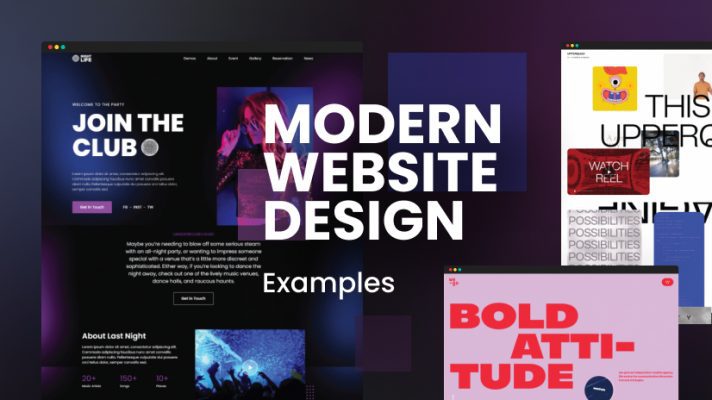Introduction
In the rapidly evolving digital landscape, web design plays a pivotal role in attracting and engaging users. However, there are numerous misconceptions surrounding web design that often hinder effective website development. In this article, we will debunk 10 common web design myths, providing insights backed by thorough research and expert opinions.
- Myth: Flashy designs are more appealing
Reality: While visually striking designs may catch attention initially, it’s essential to strike a balance between aesthetics and functionality. Users prefer websites that load quickly, are easy to navigate, and provide valuable content. Focus on creating a seamless user experience by incorporating intuitive design elements and optimizing page loading speed. - Myth: Mobile optimization is unnecessary
Reality: With the exponential growth of mobile usage, optimizing websites for mobile devices is crucial. Responsive design ensures that the website adapts to different screen sizes, enhancing the user experience and improving search engine rankings. - Myth: Content is secondary to design
Reality: Design may capture attention, but content is the backbone of any successful website. High-quality, relevant content is vital for attracting and retaining users. Ensure that your website provides valuable information that meets the needs of your target audience. - Myth: All users have high-speed internet connections
Reality: While high-speed internet is becoming ubiquitous, a significant number of users still have slower connections. Optimizing website elements, such as images and videos, for faster loading times is paramount in ensuring a positive user experience for all visitors. - Myth: Search engine optimization (SEO) is separate from web design
Reality: Integrating SEO practices into web design is crucial for improving organic search rankings. Elements like clean code, proper keyword usage, and optimized meta tags contribute to better search visibility. Collaborating with SEO experts during the design process yields more effective results. - Myth: All web browsers render websites the same way
Reality: Different web browsers interpret code differently, leading to variations in website display. It’s important to test and optimize websites for compatibility across popular browsers like Chrome, Firefox, Safari, and Internet Explorer to ensure a consistent user experience. - Myth: More features lead to better websites
Reality: Overloading websites with unnecessary features can overwhelm users and hinder website performance. Instead, focus on essential features that align with your goals and offer value to your users. A streamlined design allows for better usability and faster loading times. - Myth: Popups increase conversions
Reality: Popups can be intrusive and derail user experience, resulting in high bounce rates. Instead, opt for subtle and strategically placed calls to action that guide users towards desired conversions, without interrupting their browsing journey. - Myth: Web design is a one-time task
Reality: Websites require constant updates and maintenance to stay secure, relevant, and optimized. Regularly monitor user analytics, update content, and adapt to emerging design trends to ensure your website remains engaging and effective. - Myth: DIY web design is sufficient
Reality: While DIY website builders offer convenience, they often lack key functionalities and customization options. Professional web design ensures a tailored website that meets specific business goals, reflects brand identity, and delivers a superior user experience.
Conclusion
By debunking these 10 prevalent web design myths, we hope to equip you with the knowledge necessary to create effective, user-friendly websites. Remember to prioritize functionality, optimize for mobile devices, and focus on creating valuable content. Stay updated with evolving design trends and always test your website across different browsers to ensure optimal performance. Now, we invite you to leave your comments below and share this article with your friends to enrich their understanding of web design.






